Daniel Chambers, Head of Data and Analytics
Instead of focusing solely on assumed advantages gained by liquidity providers, it is time to delve into the nuanced details that truly matter in pre-execution pricing.
For what seems like an eternity now, the controversy surrounding “last look” has hung over the FX industry like a dark cloud. The practice involves a liquidity provider, like an investment bank or market maker, rejecting or requoting a trade after receiving the order from a client, but crucially before executing it. Basically, it allows the liquidity provider, albeit for a very brief moment, to assess the market and decide whether to accept or reject a trade, even after the investment manager has requested the transaction.
Without going into all the overly argued concerns surrounding how numerous liquidity providers exploit the practice to their advantage and to the detriment of buy-side traders, it is high time to take a slightly different look at how to tackle this longstanding, and frankly, tiresome issue. For far too long now, the last look debate has centred too much around the assumptions that the liquidity provider is making money on the other side of the trade because they have knowledge of the order before them.
This assumption, of course, may well be right. However, the trouble with the last look debate is that more often than not investment managers can’t really act on their “assumptions.” Of course, all fund managers want to understand how far away or close they were from the price at the point of execution. This insight should be well documented on their disclosure sheets. The problem is that this is not sufficient insight to act on. Turning assumptions into concrete accusations means there is a need to know very esoteric points such as the precise response time from the liquidity provider on the JPY/USD quote – for instance. Or insight such as what the exact timestamp on the request for quote vs the timestamp the fund manager received on the price.
In addition, there is not just a need to see what the messages were on the rejected rates, but when a fund manager sends a request for quote to a bank, they need an exact reason from the bank if they did not return with a price. Sure, it could be a standard reason like the account was not matched properly. But it could also be that the request for quote was discontinued after a few seconds because the bank did not want to support the GBP/JPY currency pair over a certain size.
There is also a need to measure where the wider market is at the point of request for quote vs the point of execution. For instance, was there a consistent move against the investment manager within the window where they just requested their quote? When the fund manager did execute, was the first quote uncompetitive? How often is a liquidity provider’s best price in the direction a fund manager is looking to trade in vs how often they are the best price on either side of the trade randomly?
Getting in-depth answers to questions like this is now a pivotal part of pre-execution pricing work that is carried out. The mindset has to shift from a blame game, to trying to anticipate, based on hard empirical evidence, the likely costs prior to the trade. It is all about what is going on in an investment manager’s specific liquidity pool. As soon as the fund manager gives any information away – then this is where the extra level of detail needs to be applied pre-trade. It all amounts to much more needing to be done on the classification side of reject rates for genuine pressure to be applied to liquidity providers.
It is imperative for the FX industry to shift its perspective on the “last look” controversy. Instead of focusing solely on assumed advantages gained by liquidity providers, it is time to delve into the nuanced details that truly matter in pre-execution pricing. Investment managers, in their quest for transparency and fair practices, need access to granular data, including precise response times, timestamps, and specific rationales for rejected quotes. To address this issue effectively, the industry must prioritise a comprehensive approach to reject rates, emphasising the classification and detailed reasoning provided by liquidity providers. By doing so, we can foster a more informed and equitable trading environment, transcending the conventional debates and embracing a forward-looking paradigm in the global FX market.
This article was published on Traders Magazine on 26 February 2024.
